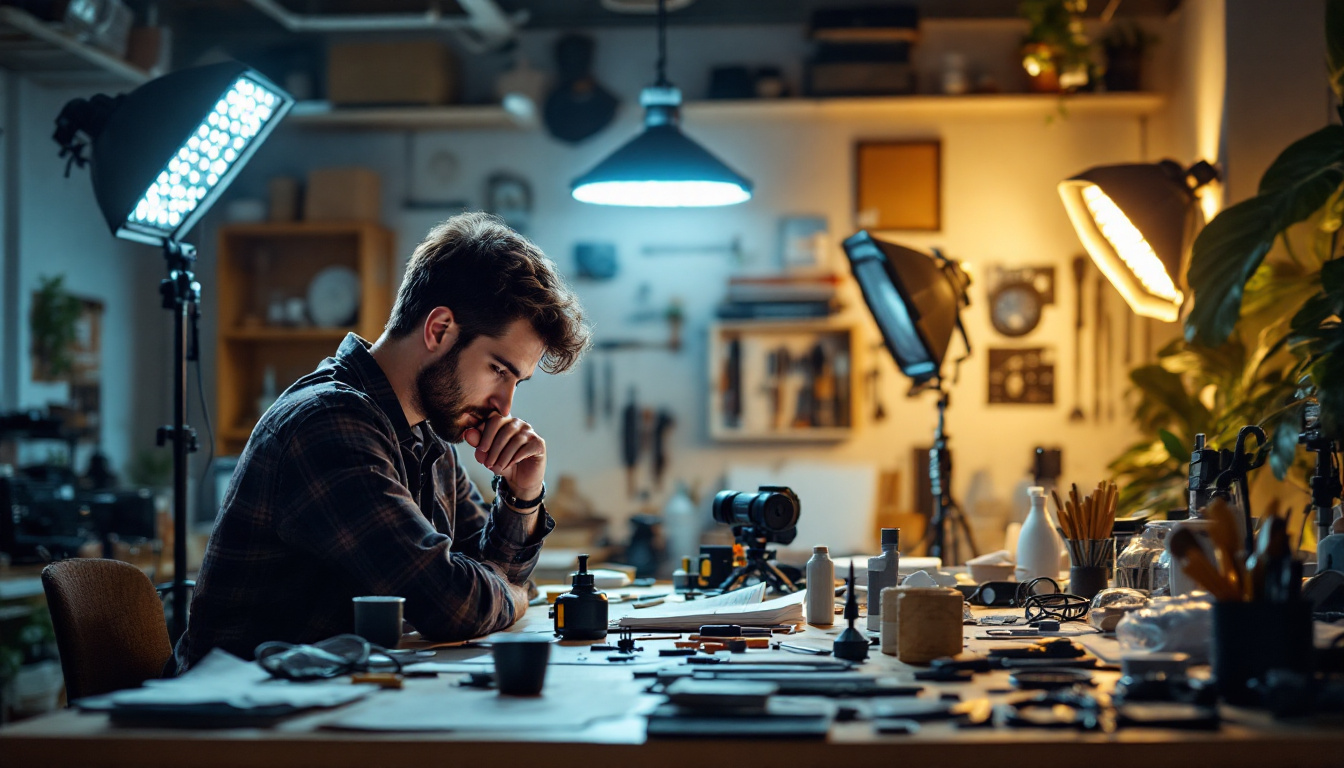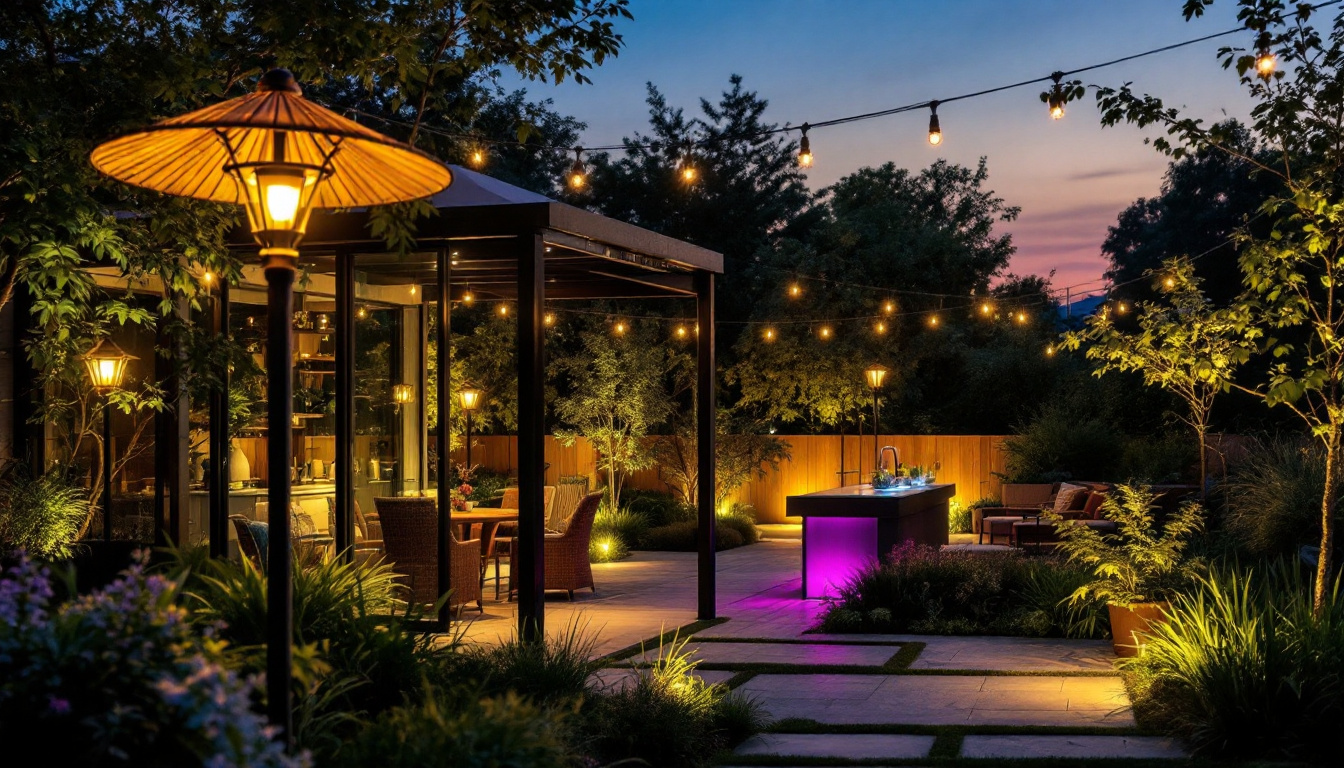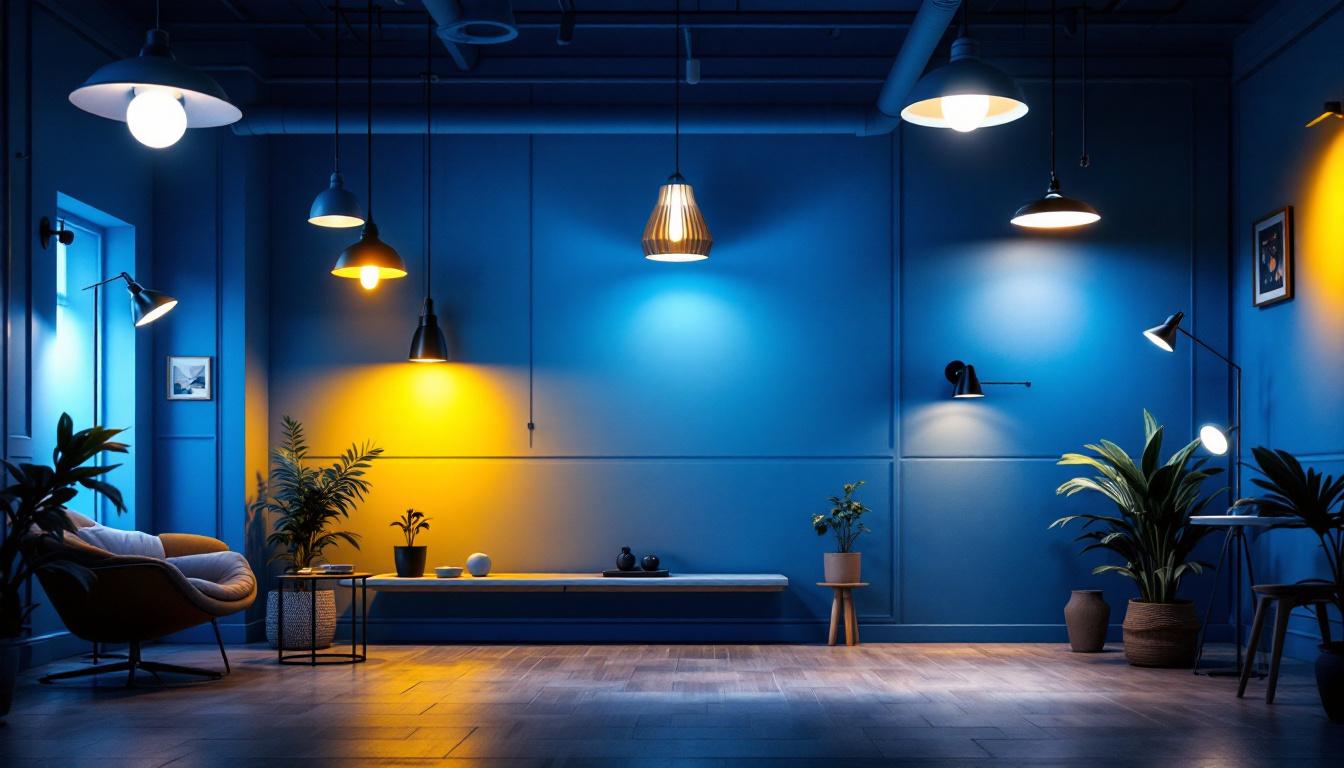
In the world of lighting projects, the shift towards LED technology has revolutionized how spaces are illuminated. However, the transition to LED lighting comes with its own set of challenges. For lighting contractors, understanding the nuances of LED light kits is crucial to avoid costly mistakes. This article delves into key considerations and common pitfalls to help professionals navigate their lighting projects successfully.
LED, or Light Emitting Diode, technology has gained popularity due to its energy efficiency and longevity. Unlike traditional incandescent bulbs, LEDs convert a higher percentage of energy into light rather than heat, making them a more sustainable choice. However, the effectiveness of LED lighting can vary significantly based on several factors.
One of the critical aspects to consider when selecting LED light kits is color temperature, measured in Kelvin (K). The choice between warm white (around 2700K) and cool white (above 5000K) can dramatically affect the ambiance of a space. For instance, warm white is often preferred in residential settings for a cozy atmosphere, while cool white is suitable for commercial spaces that require a more clinical feel.
Equally important is the Color Rendering Index (CRI), which measures how accurately a light source displays colors compared to natural light. A higher CRI (above 80) is essential in settings like art galleries or retail spaces, where color accuracy is paramount. In addition to CRI, the spectral output of the LED can also influence how colors appear, as some LEDs may enhance certain wavelengths, making colors look more vibrant or muted. This characteristic is particularly significant in environments where visual aesthetics are crucial, such as photography studios or design workshops.
Another common mistake involves misunderstanding wattage and brightness. While LED lights consume fewer watts than traditional bulbs, it’s crucial to focus on lumens, the unit that measures brightness. A higher lumen output is necessary for spaces requiring more light, such as workshops or kitchens, while lower lumens may suffice for ambient lighting in living rooms.
Contractors should always check the lumen output of LED kits to ensure they meet the specific needs of the project. Misjudging the required brightness can lead to inadequate lighting or excessive energy costs. Furthermore, it’s worth noting that the placement of LED fixtures can significantly impact perceived brightness. For example, strategically positioning lights to highlight architectural features or workspaces can enhance the overall effectiveness of the lighting design. Additionally, the use of dimmable LED options can provide versatility, allowing users to adjust the intensity according to the time of day or activity, thereby creating a more adaptable environment.
Selecting the appropriate LED light kit is a pivotal step in any lighting project. The market is flooded with options, and making an informed choice can save time and resources.
While budget constraints are a reality in many projects, opting for the cheapest LED light kits can lead to significant issues down the line. Low-quality products often have shorter lifespans, inconsistent color temperatures, and poor energy efficiency. Investing in reputable brands or products with good reviews can mitigate these risks and ensure long-term satisfaction.
Furthermore, consider the warranty and customer support offered by manufacturers. A solid warranty can provide peace of mind and protect against early failures, which can be costly to replace. Many manufacturers also provide detailed user manuals and installation guides, which can be invaluable for both novice and experienced installers. This support can make a significant difference in the ease of installation and the overall success of your lighting project.
Before purchasing LED light kits, it is essential to assess compatibility with existing electrical systems. Some LED fixtures may require specific drivers or transformers, and failure to account for this can lead to installation headaches and additional expenses. Always verify the specifications and requirements of the LED kits to avoid compatibility issues.
Additionally, consider the dimming capabilities of the LED lights. Not all LED fixtures are compatible with standard dimmer switches, and using incompatible products can lead to flickering or even damage to the lights. It’s also worth exploring smart LED options that can be integrated with home automation systems, allowing for greater control over lighting settings through mobile apps or voice commands. This modern approach not only enhances convenience but also allows for energy savings by adjusting lighting based on occupancy or time of day.
Moreover, think about the color temperature of the LED lights you choose. Different settings may require different color temperatures to create the desired ambiance. For instance, warmer tones (around 2700K to 3000K) are often preferred in living spaces for a cozy feel, while cooler tones (5000K and above) are ideal for workspaces where concentration is key. Understanding the psychological effects of light can help you make better choices that enhance the functionality and aesthetic of your environment.
Proper installation is key to maximizing the performance of LED light kits. Even the best products can underperform if not installed correctly. Here are some best practices to follow during installation.
Each LED light kit comes with specific installation instructions provided by the manufacturer. Adhering to these guidelines is critical to ensure optimal performance and safety. This includes proper wiring, mounting techniques, and any necessary adjustments to the electrical system.
Ignoring these guidelines can lead to issues such as overheating, flickering, or even complete fixture failure. Always take the time to read and understand the manufacturer’s recommendations before starting the installation process. Additionally, it’s wise to keep the installation manual handy during the entire process, as it may contain troubleshooting tips that can be beneficial if you encounter any unexpected challenges.
While LEDs generate less heat than traditional lighting, they still produce some heat that needs to be managed effectively. Poor heat dissipation can lead to reduced lifespan and performance of the LED fixtures. Ensure that there is adequate ventilation around the fixtures and avoid enclosing them in tight spaces without airflow.
In some cases, using heat sinks or ensuring that fixtures are not placed too close to heat-producing appliances can help maintain optimal operating temperatures. Furthermore, it’s essential to choose the right location for installation; for instance, placing LED lights in areas with natural airflow can significantly enhance their longevity. Regularly checking the fixtures for dust accumulation, which can inhibit heat dissipation, is also a good practice to ensure they continue to operate efficiently over time.
After installation, conducting thorough testing is essential to ensure that everything is functioning as intended. This step can prevent potential issues from escalating into significant problems. A comprehensive testing phase not only validates the installation but also enhances the longevity and reliability of the lighting system.
Performance testing should include checking for consistent brightness across all fixtures, verifying that color temperatures match expectations, and ensuring that dimming functions work smoothly. It’s also wise to inspect for any flickering or unusual sounds, which could indicate underlying issues. Additionally, testing should encompass energy consumption metrics to ensure that the system operates efficiently, aligning with sustainability goals and reducing operational costs.
Documenting the performance of each fixture can provide valuable information for future projects and help identify any patterns of failure that may arise over time. This data can be instrumental in making informed decisions about maintenance schedules and potential upgrades, ultimately leading to improved performance and client satisfaction.
Gathering feedback from clients after the installation can provide insights into the effectiveness of the lighting solution. This feedback can help identify any areas for improvement and enhance future project planning. Understanding client satisfaction is crucial for building a solid reputation and ensuring repeat business. Surveys or follow-up meetings can be effective methods to collect this information, allowing clients to express their thoughts in a structured manner.
Additionally, addressing any concerns promptly can help maintain a positive relationship with clients and demonstrate professionalism. Engaging clients in discussions about their experiences can also uncover opportunities for additional services or upgrades, fostering a collaborative environment. By actively seeking and implementing client feedback, businesses can adapt to changing needs and preferences, ensuring that their offerings remain relevant and competitive in the market.
Even seasoned contractors can make mistakes when working with LED light kits. Being aware of common pitfalls can help prevent costly errors.
One frequent mistake is underestimating the time required for installation. LED projects may involve more complexity than anticipated, especially when retrofitting existing systems. Allowing ample time for installation can help ensure that the project runs smoothly and meets deadlines.
Additionally, unexpected challenges may arise during installation, such as compatibility issues or the need for additional wiring. Building in extra time for these contingencies can save contractors from rushing through the project and compromising quality.
Another common oversight is neglecting the long-term maintenance of LED lighting systems. While LEDs are known for their longevity, they still require periodic checks to ensure optimal performance. Establishing a maintenance schedule can help identify potential issues before they become significant problems.
Educating clients about the importance of maintenance can also enhance their satisfaction and prolong the life of the lighting system. Providing them with a simple maintenance guide can be a valuable resource.
Successfully navigating LED lighting projects requires a comprehensive understanding of the technology, careful planning, and attention to detail. By avoiding common mistakes and adhering to best practices, lighting contractors can ensure that their projects are efficient, effective, and satisfying for clients.
As the demand for LED lighting continues to grow, staying informed about advancements in technology and installation techniques will be crucial for contractors looking to thrive in this evolving market. By prioritizing quality, compatibility, and maintenance, contractors can deliver exceptional lighting solutions that stand the test of time.
Ready to elevate your lighting projects with the best in LED technology? At LumenWholesale, we provide lighting contractors with spec-grade lighting products that combine quality and affordability. Say goodbye to inflated markups and hello to a vast selection of reliable lighting solutions that meet the highest industry standards. With free shipping on bulk orders, we ensure you get the most value for your investment. Don’t compromise on quality or price. Discover wholesale lighting at the best value and make your next project shine with LumenWholesale.

Discover how outdoor solar power is revolutionizing the lighting industry by enhancing efficiency for contractors.

Discover the significance of foot candles in the world of lighting design.

Discover the ultimate guide to mastering dusk to dawn outdoor lighting with insights from top lighting contractors.

Discover the essentials of supply lighting with our comprehensive guide.